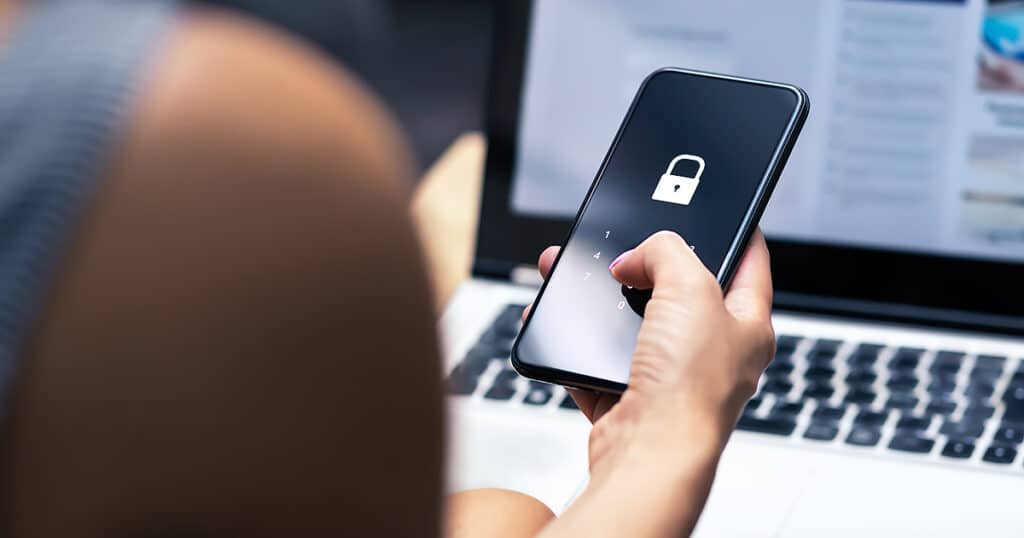
GenAI vs specialised AI: Which is the right fit for your business?
Not all AI is created equal, and as adoption becomes more widespread, businesses who use AI are increasingly looking to sharpen their competitive edge.

Not all AI is created equal, and as adoption becomes more widespread, businesses who use AI are increasingly looking to sharpen their competitive edge.

Nitin Bhudia, Director of Innovation at Getronics, alludes to the upcoming innovations that Getronics will showcase alongside its strategic partner, OneReach.AI, at the Web Summit Rio.

As AI accelerates, so too do the tactics of threat actors aiming to exploit financial systems, making the battle against fraud an ever-evolving front.

As this landmark legislation progresses toward becoming law, companies must understand its implications and prepare for the changes it will bring.

Most business leaders by this point know that transforming their digital infrastructure is a necessity to survive today; it’s no longer an optional extra. At the same time, any digital transformation journey will present many challenges for even the most established company.

The secret to a successful digital transformation isn’t automation in isolation or investing huge amounts of money into achieving it. Rather, the secret is to not do it alone.

As we explore the 2024 tech trends, we will focus on generative AI, cybersecurity challenges, the evolution of No-Code platforms, and environmental hurdles that impact the technology industry.

Explore the transformative potential of Generative AI (GenAI) in the digital workplace. Discover how GenAI enhances productivity, streamlines workflows, and unlocks new levels of innovation. Harness the power of GenAI for a future-ready and efficient digital workplace.

Explore the transformative impact of Generative AI in HR, revolutionizing hiring, onboarding, employee management, and offboarding processes. Unleash the future of personalized and data-driven Human Resource management.

Digital workplace success depends heavily on not only optimising technology and processes to meet organisational needs but also ensuring that money isn’t being wasted.

Optimising your digital workplace will help to not only achieve significant cost savings but also improves the overall employee experience, engagement, productivity, and, ultimately, the customer experience.

As Gartner-recognized experts, the team at Getronics has put together a list of the most common jargon and terminology to help you get up to speed with the future-of-work vernacular.

The rapid evolution of technology offers businesses unprecedented opportunities for growth, efficiency, and innovation. In this regard, how often have you wondered if your company is adopting technology at the pace of the market?

“No-Code” has emerged as an approach that seeks to popularize application development and emboldens individuals with little programming experience to create functional software solutions.

Implementing AI in your business can bring advantages, like enhancing efficiency, personalizing customer experiences, and leading to new opportunities.

While even AI’s biggest proponents have some degree of skepticism—which, to an extent, is a good thing—are the seemingly common fears that AI will steal all our jobs, alter our collective perception of reality, and eventually lead to the end of humanity as we know it justified, or are these entirely irrational?

Artificial intelligence is a very broad term. Find out what you need to know about this pivotal and somewhat consequential technology.

We explore the dangers of phishing attacks – and how you can minimise the risk of human error to keep your internal systems safer.

Our size, scale, and established partnerships enable us to provide digital workspace solutions that boost productivity and profit. The companies we work with benefit from our global reach, local strength, and established network to power their growth.

“The technology sector around the world is booming and finding itself facing new challenges on a regular basis. I see many companies going through an

Not all AI is created equal, and as adoption becomes more widespread, businesses who use AI are increasingly looking to sharpen their competitive edge.

Nitin Bhudia, Director of Innovation at Getronics, alludes to the upcoming innovations that Getronics will showcase alongside its strategic partner, OneReach.AI, at the Web Summit Rio.

As AI accelerates, so too do the tactics of threat actors aiming to exploit financial systems, making the battle against fraud an ever-evolving front.

As this landmark legislation progresses toward becoming law, companies must understand its implications and prepare for the changes it will bring.

Most business leaders by this point know that transforming their digital infrastructure is a necessity to survive today; it’s no longer an optional extra. At the same time, any digital transformation journey will present many challenges for even the most established company.

The secret to a successful digital transformation isn’t automation in isolation or investing huge amounts of money into achieving it. Rather, the secret is to not do it alone.

As we explore the 2024 tech trends, we will focus on generative AI, cybersecurity challenges, the evolution of No-Code platforms, and environmental hurdles that impact the technology industry.

Explore the transformative potential of Generative AI (GenAI) in the digital workplace. Discover how GenAI enhances productivity, streamlines workflows, and unlocks new levels of innovation. Harness the power of GenAI for a future-ready and efficient digital workplace.

Explore the transformative impact of Generative AI in HR, revolutionizing hiring, onboarding, employee management, and offboarding processes. Unleash the future of personalized and data-driven Human Resource management.

Digital workplace success depends heavily on not only optimising technology and processes to meet organisational needs but also ensuring that money isn’t being wasted.

Optimising your digital workplace will help to not only achieve significant cost savings but also improves the overall employee experience, engagement, productivity, and, ultimately, the customer experience.

As Gartner-recognized experts, the team at Getronics has put together a list of the most common jargon and terminology to help you get up to speed with the future-of-work vernacular.

The rapid evolution of technology offers businesses unprecedented opportunities for growth, efficiency, and innovation. In this regard, how often have you wondered if your company is adopting technology at the pace of the market?

“No-Code” has emerged as an approach that seeks to popularize application development and emboldens individuals with little programming experience to create functional software solutions.

Implementing AI in your business can bring advantages, like enhancing efficiency, personalizing customer experiences, and leading to new opportunities.

While even AI’s biggest proponents have some degree of skepticism—which, to an extent, is a good thing—are the seemingly common fears that AI will steal all our jobs, alter our collective perception of reality, and eventually lead to the end of humanity as we know it justified, or are these entirely irrational?

Artificial intelligence is a very broad term. Find out what you need to know about this pivotal and somewhat consequential technology.

We explore the dangers of phishing attacks – and how you can minimise the risk of human error to keep your internal systems safer.

Our size, scale, and established partnerships enable us to provide digital workspace solutions that boost productivity and profit. The companies we work with benefit from our global reach, local strength, and established network to power their growth.

“The technology sector around the world is booming and finding itself facing new challenges on a regular basis. I see many companies going through an

Founding and leading member of the Global Workspace Alliance
©2024 Getronics